Can Old Wives’ Tales Predict the Weather?
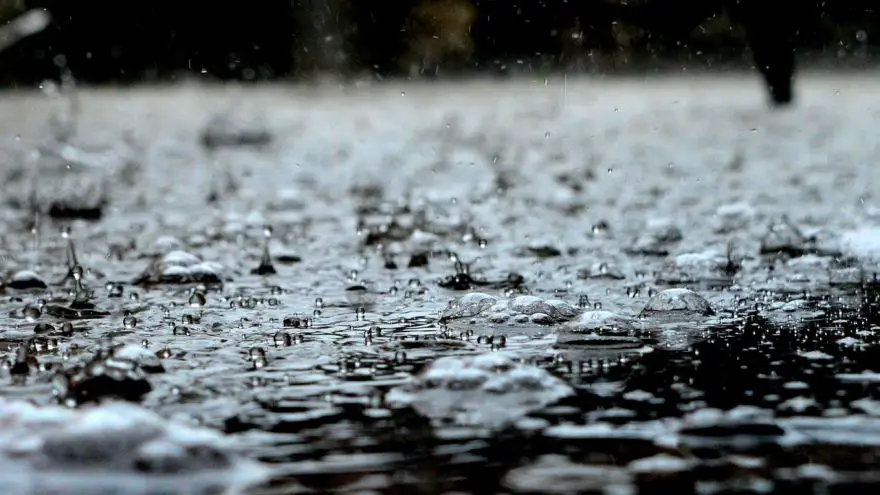 Can Old Wives’ Tales Predict the Weather?
thegearhunt.com
Can Old Wives’ Tales Predict the Weather?
thegearhunt.com
The weather has been a topic of conversation for nearly as long as people have been able to communicate. Even perfect strangers will comment on the weather to each other at times. Everyone has been asked at one point or another what they think about the weather they are having. Maybe the next time someone asks me if it is too hot for me, I might just tell them that we are almost at the point of spontaneous combustion.
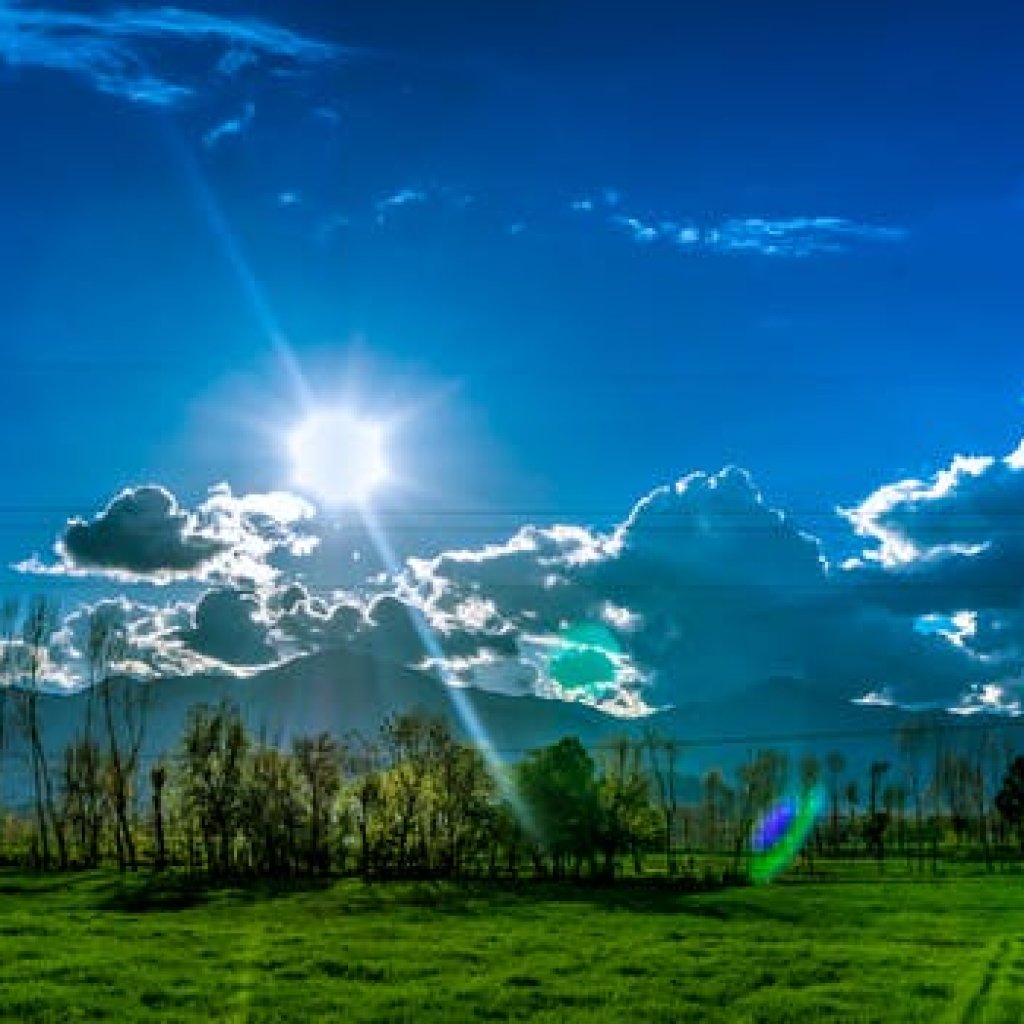 For just as long as people have been talking about the weather, they have also been trying to determine how they can predict it. Growing up in the deep south, and raised by my grandmother and her two sisters, I heard all about the various signs. No, I’m not referring to using a farmer’s almanac or the stars. I’m referring to the little things that happen all around us. The little ways that nature sort of gives you a heads up. None of this is scientific, and I honestly haven’t researched them all, but most of the time, they seem to be pretty spot on. Some of them have been being used to predict the weather for thousands of years, while others maybe are just a couple of generations old. A lot of people might refer to these things as old wives’ tales, but they also have used them to prepare for what might be ahead.
For just as long as people have been talking about the weather, they have also been trying to determine how they can predict it. Growing up in the deep south, and raised by my grandmother and her two sisters, I heard all about the various signs. No, I’m not referring to using a farmer’s almanac or the stars. I’m referring to the little things that happen all around us. The little ways that nature sort of gives you a heads up. None of this is scientific, and I honestly haven’t researched them all, but most of the time, they seem to be pretty spot on. Some of them have been being used to predict the weather for thousands of years, while others maybe are just a couple of generations old. A lot of people might refer to these things as old wives’ tales, but they also have used them to prepare for what might be ahead.
We are going to talk about a variety of these signs for predicting the weather. Some of them I had never heard. If nothing else, I found this an interesting topic, of course, I am just that way when it comes to learning new things. Hopefully, this will interest you too and you might even learn something new.
Rain
 Sundog. This one there is a bit of science behind. If you are unfamiliar with the term, a sundog is a term used to describe a bit of a rainbow on a single side of the sun, or two pieces of a rainbow that are on opposite sides, or even a rainbow that is circular and surrounds the sun. This is actually caused by sunlight that is shining through moisture, which is typically in the form of crystals of ice that are in the atmosphere. Old timers always said that when you see this particular sign, within 3 days-time, it will rain. Most of the time, they are right.
Sundog. This one there is a bit of science behind. If you are unfamiliar with the term, a sundog is a term used to describe a bit of a rainbow on a single side of the sun, or two pieces of a rainbow that are on opposite sides, or even a rainbow that is circular and surrounds the sun. This is actually caused by sunlight that is shining through moisture, which is typically in the form of crystals of ice that are in the atmosphere. Old timers always said that when you see this particular sign, within 3 days-time, it will rain. Most of the time, they are right.
Moon circle. A ring or circle surrounding the moon is sort of like the lunar version of the sundog and it is caused by the same thing – moisture. If you count the number of stars that are inside that ring, it will tell you how many days until it rains or there is bad weather. I have done this before and every single time, it was accurate. Give it a try!
Crescent moon position. This one actually has quite a few different interpretations. Some older people call it the old crescent or the new crescent. Just picture the crescent moon as if it were a bowl of water and it is tipped on its side to pour water from it. If it is tipped up or flat, the water is still being held in it. Some old farmers would take the orientation of it into consideration when they were doing the planting. It has also been talked about as being relevant in terms of predicting when livestock will have their babies. When it is tipped up or flat, the baby will be held in. Is this true? You tell me.
Upside down tree leaves. Not too long before a big rainstorm comes in, a few different types of trees will somehow invert their leaves. I have seen this one before and it has been right when I noticed it. It is one of the older signs of rain coming in. Why do the trees do this? Who knows?
Ants. If you notice that the ants are building their mounds a bit higher than normal, they are getting ready for the rain. This one just makes sense.
The Arrival of Winter
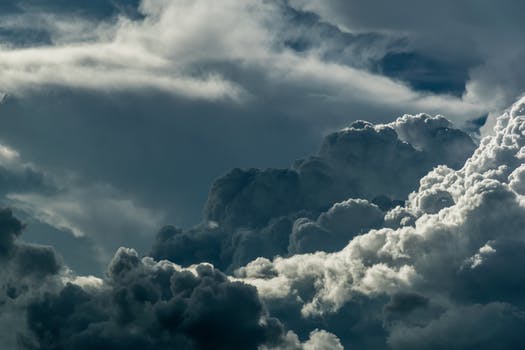 Katydids. Pay attention to the first night that you can hear the katydids calling. Mark exactly 3 months from that date and you will get the first cool nights of the year. Every time I have noticed this, it has been right.
Katydids. Pay attention to the first night that you can hear the katydids calling. Mark exactly 3 months from that date and you will get the first cool nights of the year. Every time I have noticed this, it has been right.
Yellow butterflies. When you live in the southeast area of the US, you will know that these critters fly to the southwest during the colder months. When you begin to see them in the southwest, it will be a scant 6 weeks before the first cold spell hits. Get ready for it because they are.
Migrating birds. This one will vary depending on which species of bird you happen to be watching. Because of that, it can be difficult to attach a time frame to it. The ones I watch are the hummingbirds. If you feed them for a few years, you will notice that they will tend to show up and remain in the area within just a few days. If they disappear early, you will have an early winter, and if they still happen to be around in October, winter will be a bit later.
A Bad Winter or a Lot of Snow
There are quite a few when it comes to how bad a winter will be. Some of these I knew of before, and others I have read about when researching the subject a bit.
Persimmon seeds. If you eat persimmons, you will know that inside the seeds will be a sort of figure. It might be akin to a fork, spoon, or knife. A spoon will indicate that there will be heavy snow. A knife indicates a winter that will be bitterly cold, and a fork indicates a mild winter. Open the seeds and see what figure you will see. It can be sort of cool, but if you open quite a few, they might not all agree.
Plants. There are a few old adages that pertain to predicting bad weather by using trees or plants. I tend to agree with these particular ones totally. This is because the main jobs that these organisms have is to produce more of them. There are many animals that will eat their seeds or the fruit that comes from them. When you are facing a bad winter, it truly has been noted that trees will produce more of their fruit so that at least some of the seeds will make it into the ground to produce more trees. Pine trees will make more pine cones, oaks will make more acorns, and the rowan tree, or mountain ash, will make more berries.
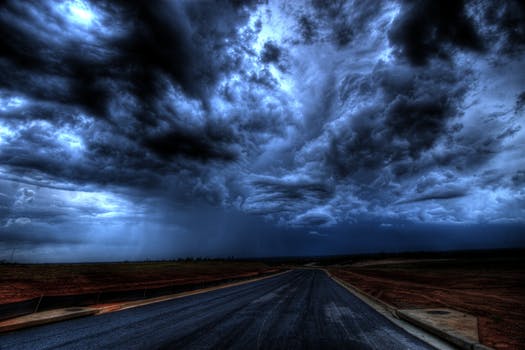 From the time I was knee high to a duck as my Granny would say, I have been hearing that you can tell how bad a winter was going to be by the thickness of corn husks. Now, that one, I am not sure how much weight there is behind it, because I have seen both thin and thick husks come from the same field during the same season, and in fact, that were harvested on the very same day. It has also been said that if tomato skins are tough, the leaves on a cabbage are thick, and the onions are strong, it will foretell a harsh winter.
From the time I was knee high to a duck as my Granny would say, I have been hearing that you can tell how bad a winter was going to be by the thickness of corn husks. Now, that one, I am not sure how much weight there is behind it, because I have seen both thin and thick husks come from the same field during the same season, and in fact, that were harvested on the very same day. It has also been said that if tomato skins are tough, the leaves on a cabbage are thick, and the onions are strong, it will foretell a harsh winter.
Animals. Animals tend to be pretty in tune with nature, and because of this, they can generally tell what it is going to be like before we do. Hornets and squirrels will start building their nests higher up in the trees. Deer, groundhogs, and squirrels will start to have feeding frenzies in the autumn. If you notice that the squirrels, that are not around a squirrel feeder are extremely occupied with collecting and even storing food, you will have a rough winter.
The coats of horses will be a bit thicker too. I have noticed this one myself. A few years ago, when I had some horses, there was one fall that I noticed that they were getting especially hairy. It didn’t make a difference that they were kept in a warm barn and regularly brushed. That was a rough winter. Extremely cold.
Weather that Predicts Weather
With these, I am just going to list a few of them.
- A rainy September means a snowy February.
- The number of mornings in August when there is fog will be the same number as the measurable snowfalls you get in the winter.
- If you hear thunder in January, you will get frost in May.
- A clear moon means frost soon.
There is also this one. This one was even mentioned in the actual Bible. Red sky in morning sailors take warning. Red sky at night, sailors delight.
Now, get your KJV Bible and look up Matthew 16:12. Yes, it has been around that long.
Spring and Summer
Several of the following predictions are still in use today, and most of them have to do with various animals.
It will be time to plant the corn when you begin to hear the turtle doves calling.
You will be able to put your axe away because the cold weather will be over when whippoorwills begin to call.
If you want to know when it will rain, listen for the sound of the tree frogs.
The summer dog days will have begun when you hear the dry flies or cicadas.
If you notice a green or yellow hazy tint to the sky, hail storms and/or tornadoes are possible.
In the morning, if you don’t hear too many songbirds, there will be stormy weather later that evening.
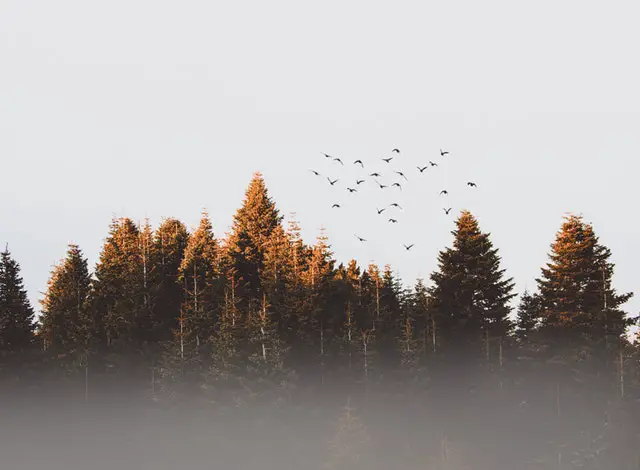
Fall
Alas, I have only one when it comes to fall weather. It has to do with the mare’s tails. When you see them, the very next day will turn cooler and windy.
You also need to remember that some of these will differ depending on where you live. There will be different signs for each climate, but there will be signs for whatever climate you live in.
Yearly Prediction
If you haven’t heard of this before, you might be interested in Amish weather keeping. The first time I read about this was many years ago. I did try to find it online without too much luck. This has to do with the 12 days following Christmas predicting the weather for the upcoming year. The 26th predicts January, the 27th February, and so on. The thing is, you have to know what the normal weather for each particular day is. You can use that knowledge to get a feel for things like the precipitation, wind, temps, etc.
Wooly Worms
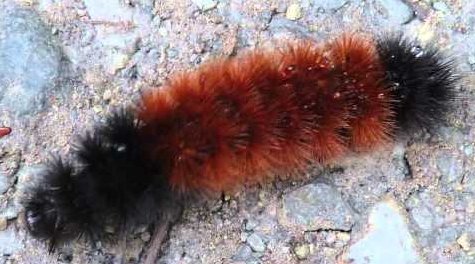
According to an old adage, the caterpillar of the tiger moth, known as the wooly worm and having a quite distinctive brown and black appearance, can predict the snowiness and coldness of the winter when they are spotted in the autumn. These caterpillars have bands of black at either end of their bodies and a section in the middle that is reddish brown. Folklore says that when that band of brown is narrow, the winter will be one that is harsh. Is this accurate? Since the 1950s there have been studies done that show that the accuracy of this is right at about 80%.
Animal Fur
I mentioned this a bit above when talking about horses. However, there are more than just horses where this is concerned. If an animal’s fur is thicker, or if they seem to store a bit more fat, the winter will be colder than what is normal.
Acorn Shells
Can you predict the weather using acorns? The Farmer’s Almanac, long relied on for the forecast of the weather,  points to a piece of folklore that has to do with acorns. Apparently, the thicker the shell of the acorn, the harsher the winter will be. Sayings such as this one have been handed down from one generation to the next, and with good reason.
points to a piece of folklore that has to do with acorns. Apparently, the thicker the shell of the acorn, the harsher the winter will be. Sayings such as this one have been handed down from one generation to the next, and with good reason.
So, can the colors of wooly worms actually predict the weather? Can the moon? There are quite a few old wives’ tales and legends that claim to let you know how to predict different aspects of the weather, and that you can tell just how tough the winter will be based on signs that are found all around us. These sayings have been around for hundreds and sometimes thousands of years, and while some of them may have changed or been simplified, many people do still rely on them. There truly is something to be said for carefully paying attention to our natural surroundings in ways that our ancestors did.
Sources
- Stephen Liddell, Predicting the Weather with Old Wives Tales
- Little House Living, Old Fashioned Ways to Predict the Weather
- The Weather Channel, Can Wooly Worms Predict the Winter?
- The Pleated Piper, Old Wives Tales for Predicting Weather
















